Treating BFRBs (Skin picking, hair pulling, nail biting)
Body-focused repetitive behaviors (BFRBs) are urges to pick/pull at one's body including behaviors such as hair pulling, biting nails, and skin picking. They are different than Obsessive Compulsive Disorder (OCD); however, many of the symptoms are the same in that the behavior is completed in response to urges as a means to reduce distress and feel relief. Common types of BFRBs include:
Excoriation Disorder or Dermatillomania: Picking at pimples, scabs, bumps, and even healthy skin often times until bleeding occurs. People with OCD have a higher likelihood of having this disorder.
Trichotillomania: Pulling out eyelashes, eyebrows, or hair.
Onychophagia: Biting nails down severely.
Morsicatio Labiorum, Morsicatio Buccarum, and Morsicatio Linguarum: This is biting at lips, inner lining of cheeks, and tongue to the point that sores are developed.
Onychotillomania: Pulling at fingernails and toenails and skin surrounding them. This often leads to hangnails and open sores.
Treatment for BFRB include Cognitive Behavioral Therapy. In this therapy, you learn to become more aware of thoughts and feelings that contribute to BFRB. You will also learn ways to manage thoughts and emotions to reduce the behaviors. There is an additional treatment for BFRB called habit reversal.
Habit Reversal Training (HRT) is a Cognitive Behavioral Therapy strategies that recognizes the 3 parts to each of the BFRB habits:
a. A cue (trigger that comes before the behavior)
b. A routine (the behavior itself)
c. A reward (the brain learns to remember the pattern for the future)
In HRT, we know that the most effective way to change the behavior, is to keep the cue and reward, but change the behavior itself. That way, the cue and reward remain, but the problematic behavior is changed.
In HRT, there are 4 steps:
Awareness Training: You will learn to become more aware of cues or triggers
Competing Responses: You will create a response with your therapist that makes the behavior less likely. For example, for hair pulling, you may put your hands in your pockets until the urge passes. This completing response also needs to provide a similar reward to hair pulling - so you may keep a worry stone or fidget toy in your pocket.
Building Motivation: The process to retrain your brain with the new competing response can be slow. The key is persistence. In this step, you will take time to explore with your therapist the benefits to making change.
Generalization of New Skills: You will be asked to practice often outside of the therapy practice to help solidify this new habit.
Are you struggling with a BFRB or OCD? Schedule a free treatment consultation with one of our experts here.

